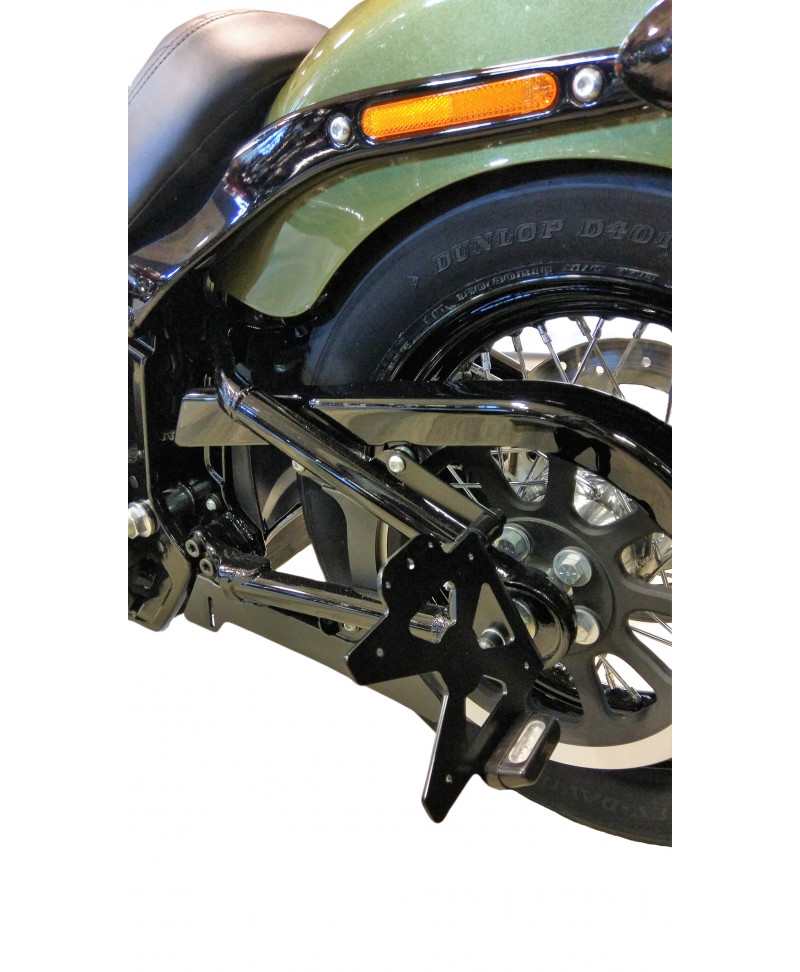
Also, the Nightster has bias-ply tires, rather than the Sportster S’s radials. The Nightster’s 19-inch front wheel recalls the XLCR, though the XLCR had an 18-inch rear rather than the Nightster’s low-riding 16-incher. You can’t miss the headlight cowling, the bar-end mirrors, the low grips, and the mid-mount foot controls.
The 2022 Harley-Davidson Nightster is as close as H-D has gotten to a café race since the XLCR, at least visually. Unexpectedly, the Nightster has longer-travel suspension. 
You get a 41mm conventional Showa Dual Bending Valve fork and twin emulsion shocks, compared to the fully adjustable 43mm inverted fork and linkage-assisted shock on the Sportster S. However, the Nightster’s suspension has no damping adjustments, and only spring-preload personalization in the rear. There are similarities, as both motorcycles use the motor as a stressed member and a trellis frame connecting the motor to the steering head.
At first glance, you may think the Nightster shares a chassis with the Sportster S-it doesn’t. The ABS works with Brembo calipers, front and rear. Put the Nightster in Rain mode, and you get less power, slower throttle response, reduced engine braking, and aggressive traction control and ABS. Road mode cuts some mid-range power, slows down the throttle response, and kicks up the ABS and traction control sensitivity. The Sport mode gives you full power, the most responsive throttle, more engine braking, and less intervention by the ABS and traction control features. The three modes alter the power delivery, traction control, engine compression braking of the Revolution Max 975T, and ABS. There are three power modes on the 2022 Harley-Davidson Nightster that work with a compact suite of electronic rider aids. When you hit 7500 rpm, you’re rewarded with 90 horsepower. The Motor Company claims a flat torque curve for the 975T, with peak production of 70 ft-lbs at just 5000 rpm. 
The Revolution Max 975T doesn’t have to rev as much as you’d expect to make its power.






 0 kommentar(er)
0 kommentar(er)
